Are there any ideal characteristics for a round diamond being set in a tension set ring to prevent it from falling out of the ring?
What about ideal characteristics for appearance?
What about the girdle width?
I did a search on this board and someone mentioned that SI clarity diamonds can not be used in tension set rings?
Is this true?
Will a diamond be more likely to fall out of platinum tension set ring compared to a gold one?
Isn't platinum softer than gold?
This is the platinum tension set I am looking at with a 2ct. diamond.
Niessing Tension Ring Tapered
I will e-mail Niessing and find out what they say, but I wanted other opinions.
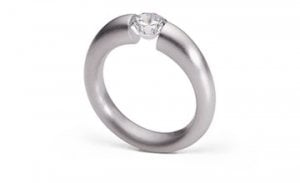
What about ideal characteristics for appearance?
What about the girdle width?
I did a search on this board and someone mentioned that SI clarity diamonds can not be used in tension set rings?
Is this true?
Will a diamond be more likely to fall out of platinum tension set ring compared to a gold one?
Isn't platinum softer than gold?
This is the platinum tension set I am looking at with a 2ct. diamond.
Niessing Tension Ring Tapered
I will e-mail Niessing and find out what they say, but I wanted other opinions.



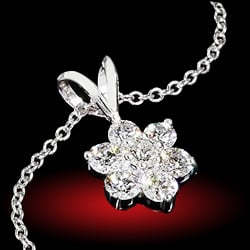
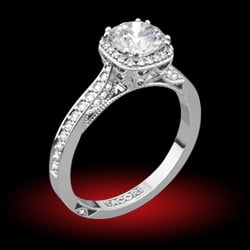
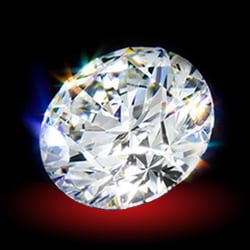
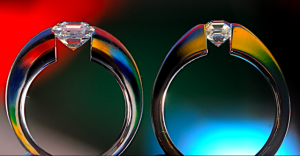


300x240.png)